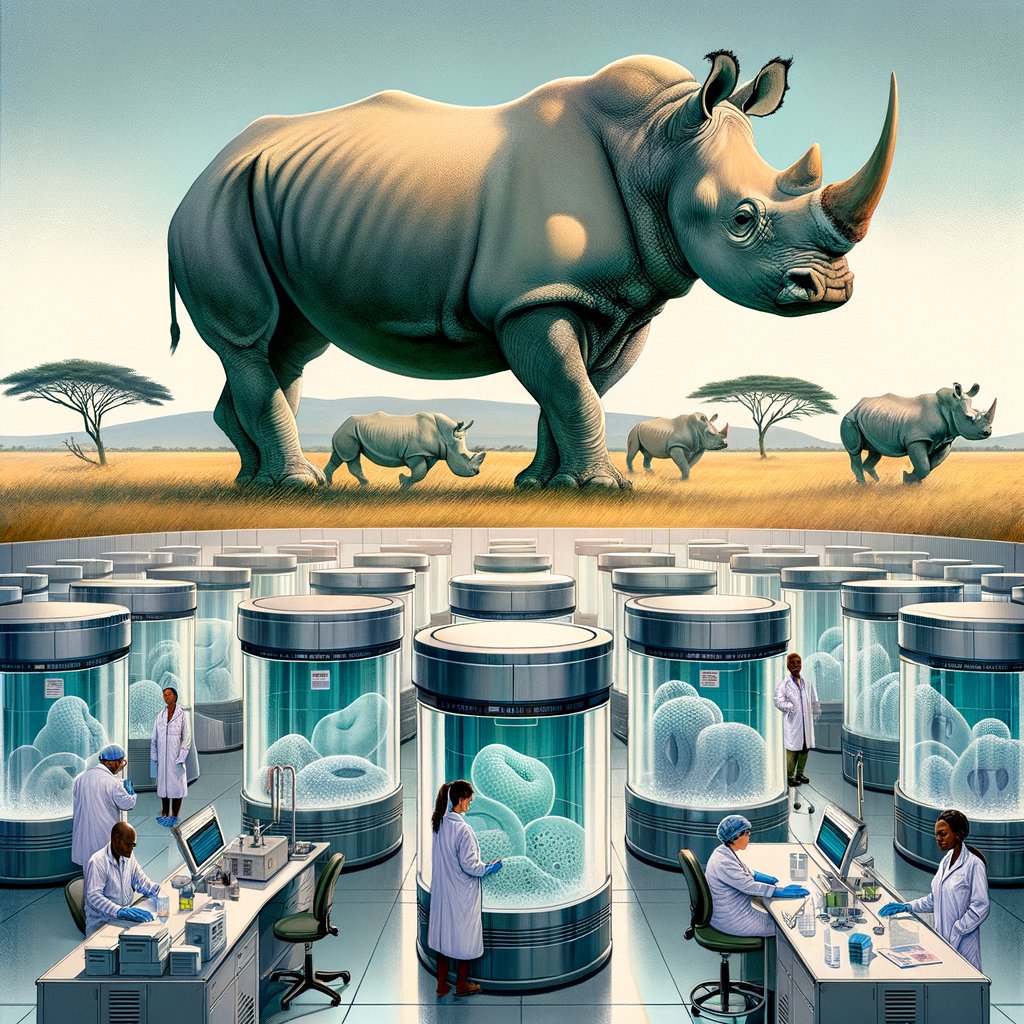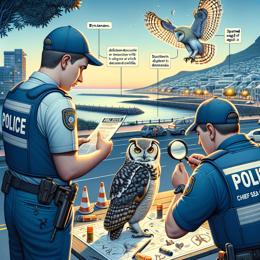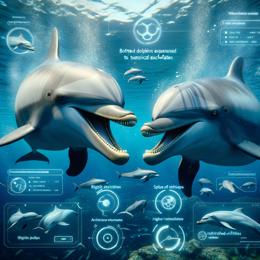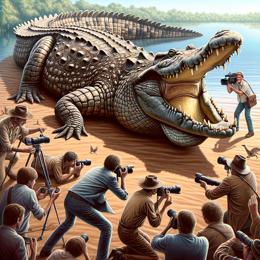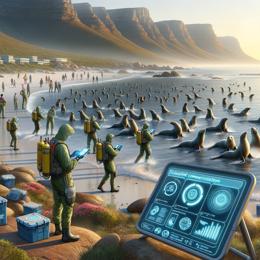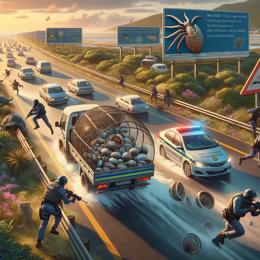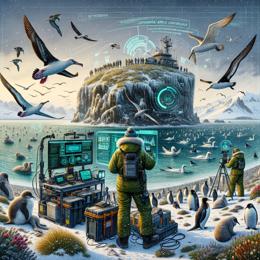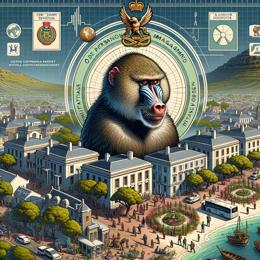Image created by AI
Kenya Embarks on Groundbreaking IVF Project to Save the Northern White Rhino from Extinction
In a pioneering move, the Kenya Wildlife Service (KWS) has announced an ambitious plan to save the critically endangered northern white rhino using advanced In Vitro Fertilization (IVF) techniques. With only two surviving females left on the planet, this bold initiative aims not only to preserve but potentially resurrect this near-extinct species.
The northern white rhino plight has reached a critical juncture, prompting the KWS to explore assisted reproduction technologies (ART) as a last resort. The project, undertaken in collaboration with BioRescue, an international conservation team spearheaded by Germany's Leibniz Institute for Zoo and Wildlife Research, seeks to develop viable embryos that can be gestated by surrogates from closely related rhino species.
Despite the lack of any surviving male northern white rhinos, scientists have managed to harvest and cryogenically preserve genetic material from deceased males. This genetic reserve is a cornerstone of the IVF procedure, where eggs from the remaining females will be fertilized in the lab. Notably, the project also involves cutting-edge stem-cell-associated techniques to enhance the viability and diversity of the embryos.
The urgency of these efforts cannot be overstated. Najin and Fatu, the last northern white rhinos, aged 34 and 24 respectively, are housed under 24-hour security at the Ol Pejeta Conservancy in Kenya. Given the life expectancy of rhinos, which ranges from 35 to 40 years in the wild, time is of the essence to ensure the continuity of the species.
This initiative is not just about conservation. It also highlights Kenya’s commitment to safeguarding its wildlife, which is a significant driver of tourism, a major source of the country's foreign exchange. By investing in the survival of the northern white rhino, Kenya is not only taking a stand on biodiversity preservation but also bolstering its economic sectors tied to wildlife tourism.
The ongoing poaching crises, fueled by the demand for rhino horns in markets like China and Vietnam, have devastated rhino populations worldwide. This makes the success of such scientific endeavors even more critical, not just for the northern white rhino but for global biodiversity as a whole.
Public involvement is also a part of the recovery strategy, with KWS calling for comments and opinions on the proposed procedures. This public engagement is key in raising awareness and support for wildlife conservation efforts, ensuring a broader base of support for such innovative projects.
This ambitious project is a beacon of hope not only for the northern white rhino but also for other species threatened by extinction. Through a combination of science, international collaboration, and public engagement, there exists a tangible hope that the northern white rhinos could once again roam the African savannas.
